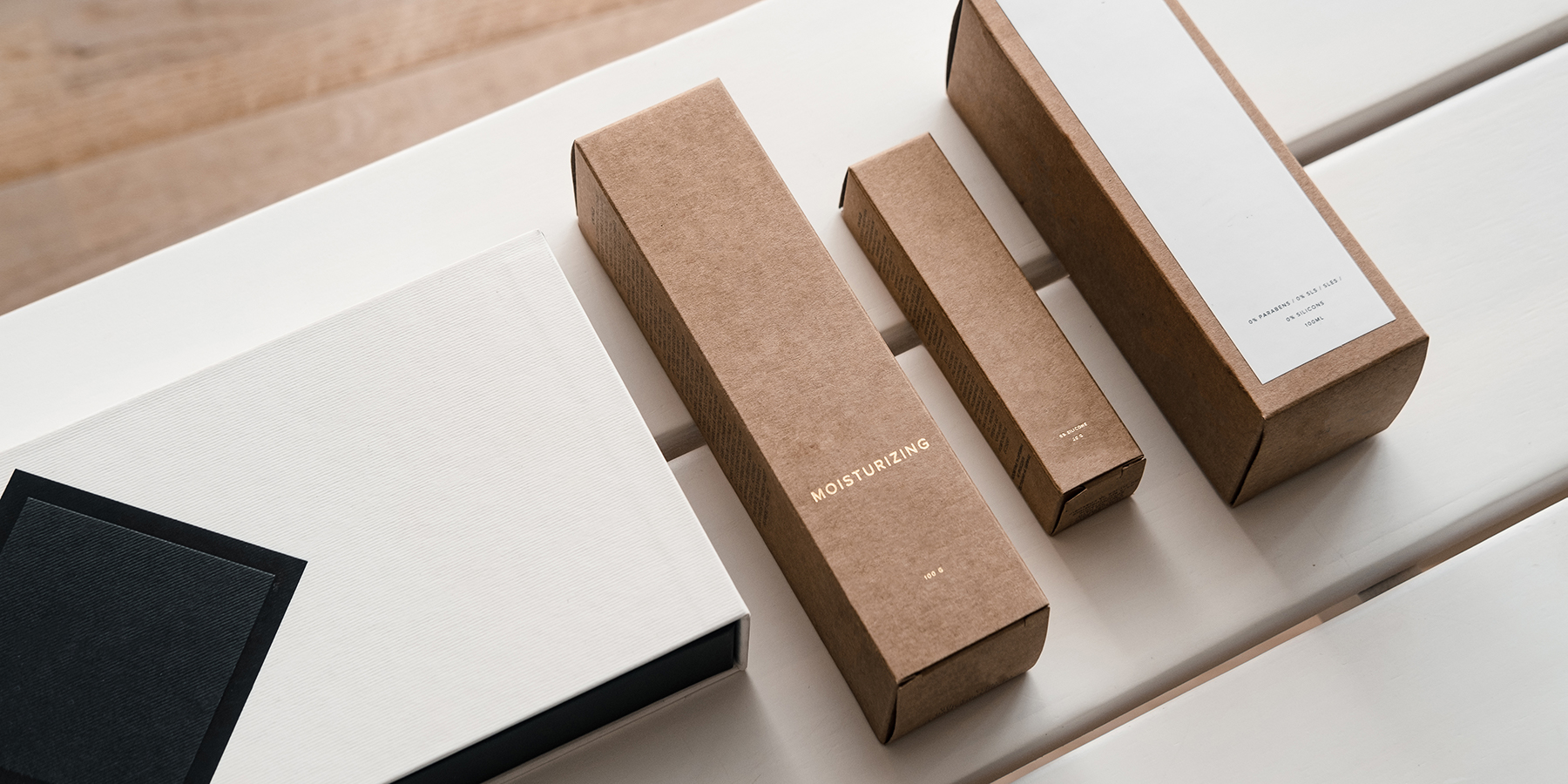Packaging can be more complicated than a conventional print project. In one sense they are the same (putting ink to paper), but there are far more steps included in the process than, say, printing a trifold brochure. Here at Shawmut, we have created a list of ten questions you should ask yourself to aid the printing process.
1. What is the purpose of this package?
So you know you need a package made for your product. What is the purpose for the package though? Will it be used as a primary shipping container? Or is it meant to showcase the product inside? Knowing how the package will be utilized will help your packaging designers select the right material for the job.
2. What is going into the package?
If your printer will be creating your packaging from scratch, one of the first things they will ask is what is going into the piece. The goal of a package is to protect the product inside. Once they know what is going into the package, they will be able to adjust the size and shape and make a snug fit for the product inside.
Quick Tip: Send your printer a sample of the product going into the packaging!
3. What type of package are you looking for?
Folded carton? Corrugated box? Or something in between? In packaging, there are endless amounts of styles. Knowing what you are looking for prior to going to your printer will help streamline the process for both of you.
4. How do you want your package to function?
Many times, we have an idea in our head of what we want, but we skip over the basics of how the package will be assembled or even opened. Knowing how the package will function will help your printer build a dieline that will later be sent over to you to populate artwork.
5. How is this package going to be stored?
Whether your package is meant for a frozen food item or part of a cosmetic line, knowing how and where your package will be stored is something your printer will ask you. For example, if your package is meant for a frozen food item, your printer will need to use special freezer rated glue during the production process. Also, since this piece will go through a freezing & thawing process, a coating should be applied to help the package keep its integrity.
6. Will your package have any embellishments or special finishing?
We know that packaging plays a major role in a customer’s buying habits. Research shows 70% of consumers form an opinion of a brand based solely on packaging. With that being said, we know having your package standout is important. However, there are limitations to what each substrate can and cannot do. If foil stamping, spot coatings, or any other types of finishing are important to you, tell your printer upfront so they can choose the right material for you.
7. Will the product inside be touching the packaging?
When it comes to food packaging or even medical devices, there are certain specifications that need to be met. For example, if you have food that will be in direct contact with the package, your printer will need to use food safe inks. It is good to know this upfront so the project can be quoted correctly.
8. Do you need prototypes?
Prototyping is an important part of the packaging process. Being able to see how the package functions prior to the printing process allows you to make tweaks to the design. Also, you can share this with packers or other members of your team to get the sign offs needed to proceed.
9. How will your product be inserted into the package?
Depending on the type of product and the quantity associated with that will usually determine if this is hand packed or done automatically by a machine. If this will be done automatically, it is important to check-in with your packer to make sure you are within the specifications needed to make this process automatic.
10. How much assembly do you want to do?
If production time is precious and you do not want to be stuck assembling packages for hours, communicate this to your printer ahead of time. Depending on the size and shape of the package, there are different techniques we can use to make the assembly process faster. For example, we had a client that needed us to make an auto-locking bottom (or crash-lock) box in order to decrease production time during the inserting process.







